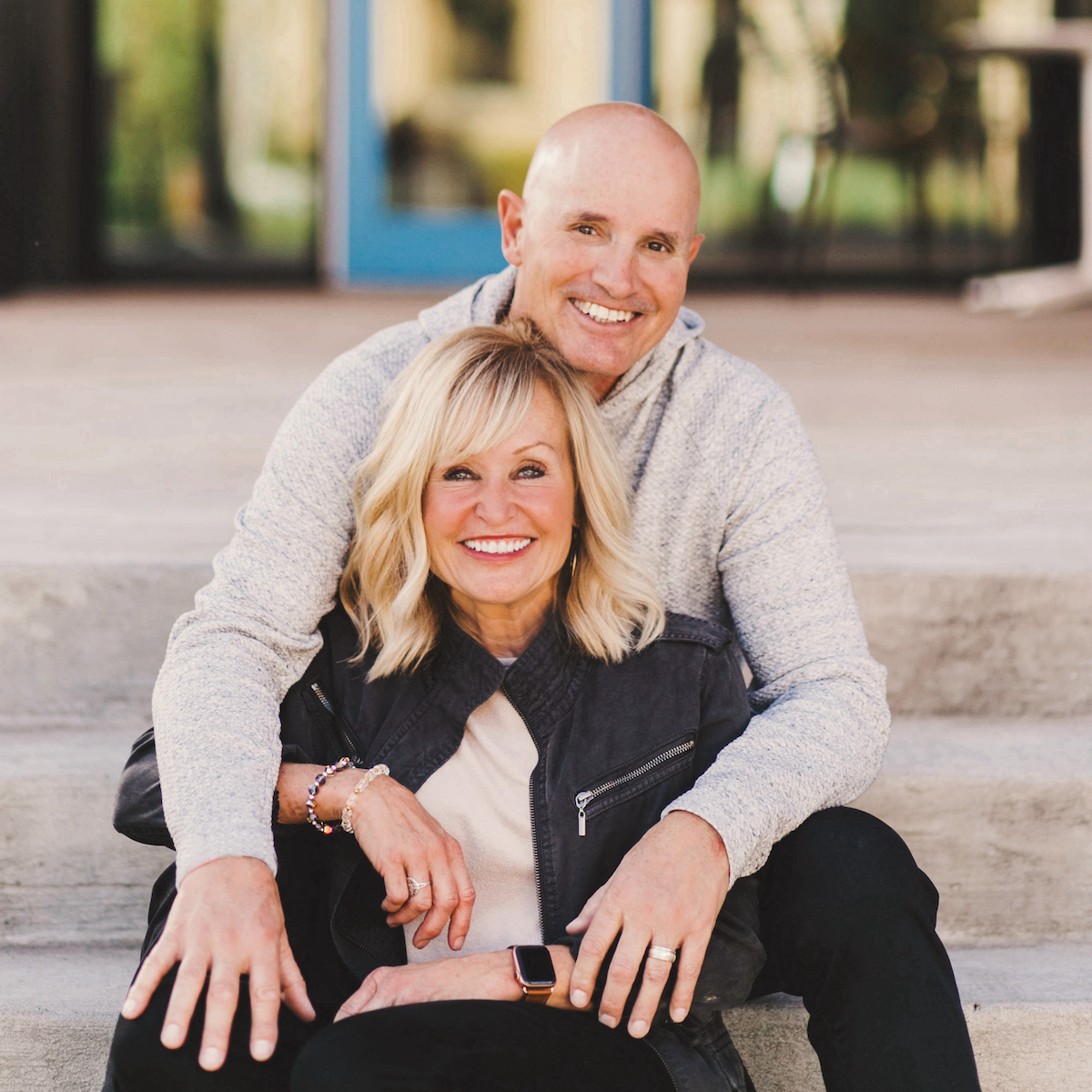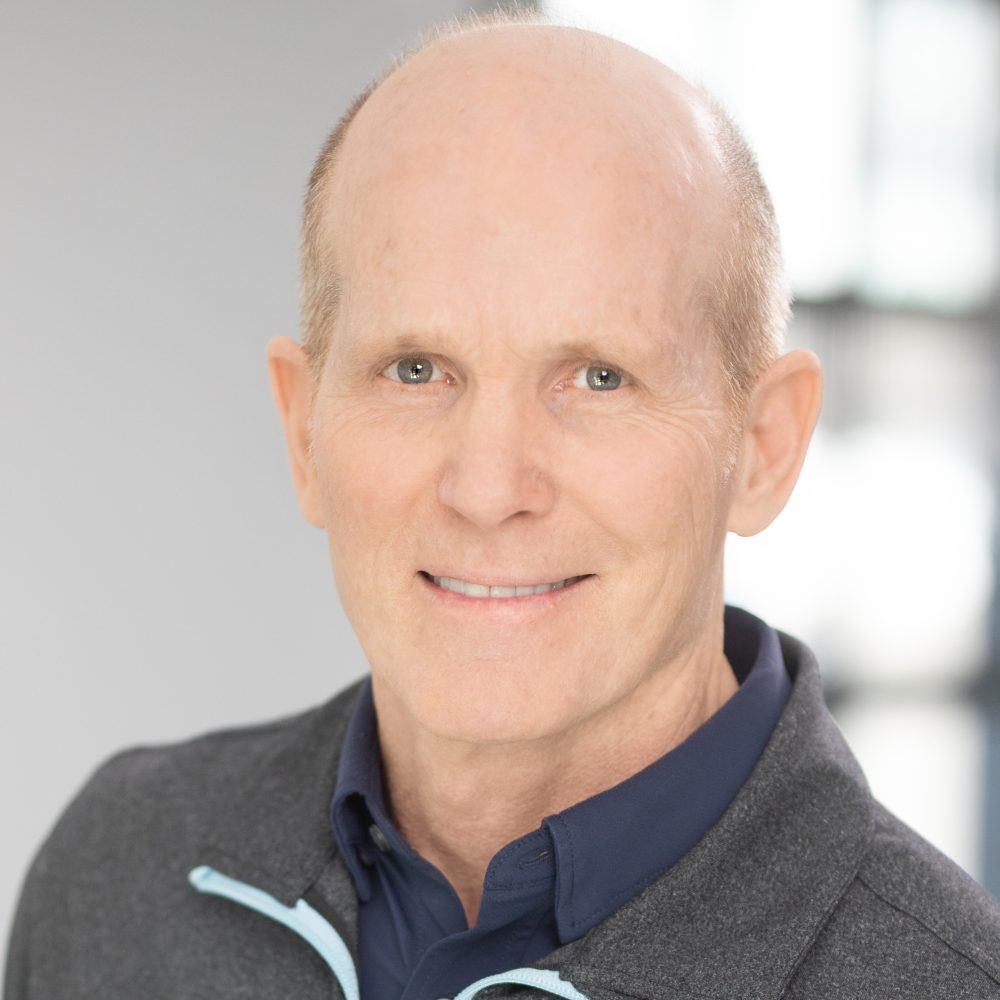Living beyond pain is a goal for every chronic pain sufferer. And it’s the title of our book co-authored with physician Dr. James Kribs (Baker Books). All of us who struggle with pain want improved functioning and quality of life. Good news! This is possible.
Our relationships with chronic pain –how we think about it and engage with it–can be healthy or unhealthy, just like our relationship with people. We may not be able to completely stop pain, but we can learn to relate to it in ways that reduce it.
Chronic, or what we call persistent pain, is ongoing or recurrent. It lasts beyond the usual course of acute illness or injury healing, more than the usual 3 to 6 months that it might take an acute pain to heal. And because it is persistent, it affects your well-being. Think of chronic pain as pain that continues when it should not.
To help us think about chronic pain, the American Chronic Pain Association has a great visual. Chronic pain can feel like a car with four flat tires. It feels like you are going nowhere. When medical treatment is used alone, it may only inflate one of those tires. We need all 4 tires to be inflated so our car can run smoothly. Much can be done to get your car moving again– to manage pain and lead a productive, satisfying, and happy life. A combination of therapies and interventions is usually needed. Then once we fill the tires and get our car moving again, the car needs to keep moving down the road of life.
While all of us would probably opt to eliminate chronic pain, the goal for pain management is not complete absence of pain—the goal is to realize you will have less pain, still feel some, but can learn to manage it in a way that allows you to live and do what you need to do. The goal of pain management is to increase function, improve quality of life and reduce your sense of suffering. Because we are not promised a pain free life on this side of eternity, we may have to learn ways to reduce pain. And there are many ways to reduce the volume of pain.
It may not seem like our suffering matters to God, but He is acquainted with our suffering via his death on the cross. We can see in the Bible that Christ Himself had a boundless compassion for those who suffered and healed multitudes of ill people. He healed everyone he touched, but he didn’t touch everyone. I find that so interesting and yet so mysterious. Jesus had to know people were in pain around him. Yet he didn’t heal everyone on earth who suffered—He only did what the Father willed him to do. I don’t pretend to understand that at all. The take away for me is that in our world, there will be pain and suffering and we won’t always understand it.
Suffering can grow our faith if we approach it in an honest way with God. When people suffer, there can be a deepening in their walk and a new intimacy with God. That is the story of Job. He knew God in an intimate way after all his suffering. When we suffer, there seems to be an opening of our soul and a cry for God’s help in our lives. We tend to experience God at a deeper level.
Pain and suffering have a way of bringing our strengths and weaknesses to the surface. God often purifies and refines us to be His radiant bride through suffering. Pain can produce growth and maturity in our Christian walk if we trust God even when it hurts. Thomas Merton noted that when God seems absent, we don’t realize His presence. Those difficult moments of darkness in our souls can lead us to depend on God’s power, not our own.
Living with pain in our fallen world isn’t easy. We can know the biblical truth that God has not left us or forsaken us. Yet, we must trust Him in order to avoid hopelessness and anger. And we need to encourage each other in that truth. We suffer after the cross, not before it, which means we participate in the suffering of Christ. The way of Christ is suffering, but then glory. One day all pain will be gone and we will see him face to face. In the meantime, fight the good fight, pray for strength and do what you can to lessen your pain.












